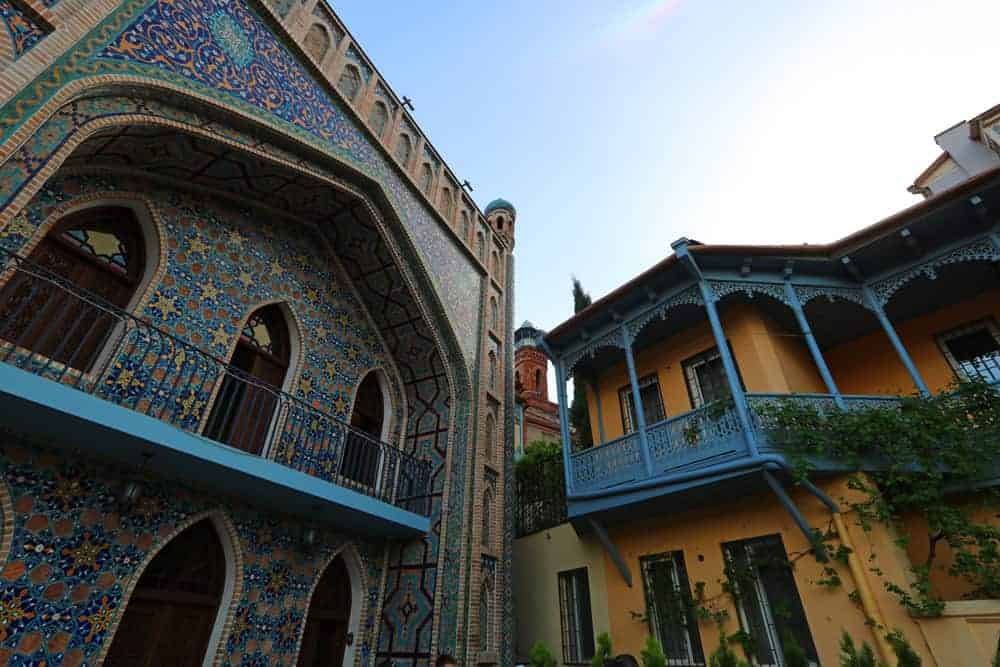
We stayed a month in Tbilisi. I’ve previously written about our impressions and observations (Tbilisi is very different than almost any place you’ve ever been). This post covers more practical information you may want as a visitor: What to see, how to get around etc. I also cover a few must-see highlights outside of Tbilisi that can be seen on daytrips.
Accommodation: High end: The Qarvasla Hotel (a gorgeous hotel next to the Sioni Cathedral ). Mid-Range: Hotel Aqua Freedom (beautiful hotel, excellent location). Great value: Golden light Hotel.
Highlights in Tblisi
Old Town and Narikala Hill
A good place to start your sightseeing in Tbilisi is Rike Park. Besides good views on the old town (just across the Kura river) there are some great attractions here.
The first is the Bridge of Peace, a modern 150m bridge spanning the river. It’s a popular place, both because of cool architecture and for the views of both sides of the river. Rike Park has a cable car that goes across the river and up the hill to Narikala fortress. But before you do that, walk 5 minutes to Metekhi church. Built on a promontory on the river, the site has great views over all of Tbilisi. You’ll see the statue of King Vakhtang Gorgasali, he is credited with the reorganization of the Georgian Orthodox Church and with the founding of Tbilisi as the capital in the 5th century. The church itself has been destroyed many times and the version that stands today has been restored mostly in brick.
Walk back to Rike Park and take the Cable Car. It’s a fun, scenic ride over the river with 360 degree views over the city that brings you up to the top of Narikala Hill. Definitely a highlight in Tbilisi.
Arriving at the top of the hill is “Kartlis Deda”, the Mother of Georgia statue. She symbolizes the Georgian national character: in her left hand she holds a bowl of wine to greet those who come as friends, and in her right hand is a sword for those who come as enemies. The statue was raised in 1958, the year that Tbilisi celebrated its 1500th anniversary. Also at the top of the hill are the city’s Botanical Gardens.
Following the path down from the cable car station you’ll get different perspectives of the city. You’ll get to the gate of Narikala fortress. Go in. There’s not much to the fortress but walls and the St. Nicolas church…but if you continue all the way to the top of the fortress you’ll have incredible views of Tbilisi.
Coming back into town from the fortress will bring you into the heart of the Old Town. There’s lots to discover here.
In the Eastern part of the old town (turning right when coming down from Narikala fortress), you’ll get to Tbilisi’s sulphur baths. Follow the spring that runs by the baths, it will lead you to the beautiful Orbeliani Baths which is one of the most photographed buildings in town (it’s also the best place to experience a sulphur bath and a massage). Very close by is the Tbilisi Central Mosque.
Cross the tiny bridge next to the Orbeliani Baths and turn right, following the spring. It flows between a mini-canyon – it’s a bit of an odd geographical feature made stranger by the fact that it’s steps away from the old town. It culminates at a waterfall (Leghvtakhevi waterfall), which flows from Tbilisi’s Botanical Gardens (which are above the old town next to the Narikala fortress).
The Western part of the old town (to the left when coming down from Narikala fortress) is much more built up with lots of little streets, tons of restaurants and wine bars, and some impressive churches. People love to walk this area (we found it quite touristy and it wasn’t our favorite part of town).
Highlights: Sioni Cathedral is a gorgeous cathedral built in the 6th century and was the main Georgian Orthodox Cathedral until the Holy Trinity Cathedral (which I’ll cover later) was consecrated in 2004. The Anchiskhati Basilica is the oldest surviving church in Tbilisi dating back to 522-534 AD and has some very impressive frescoes. Close by, the Rezo Gabriadze Marionette Theater (known as “the Clock Tower”) is a very popular spot with tourists who congregate underneath it on the hour when all kinds of things start popping out of the clock.
This Tbilisi Old Town Walking Tour covers most of the above and is recommended.
Liberty Square and Rustaveli Avenue
Going west from the Old Town brings you to Liberty Square, the most prominent square in Tbilisi. During Soviet times there was a large Lenin statue on this square. Today it has a statue of St. George fighting a dragon (a memorial to the freedom and independence of Georgia).
Liberty Square is where beautiful Rustaveli Avenue starts. This large, tree lined avenue is the central avenue in Tbilisi and features some government buildings, museums, fancy hotels, and lots of places where you can have a drink and watch life go by. It’s worth walking from Liberty Square up to Rustaveli Metro Station. Highlights along the way: the Georgian National Museum, the Parliament building, Kashueti St. George Church, the National Gallery, and the National Opera (a strangely out of place Moorish building). These are the highlights of an avenue full of beautiful buildings and sights.
Tip: if you have time, continue to the Lurji Monastery (known also as the “Blue Monastery”) which is about 15 minutes from the Rustaveli Metro Station (right next to Vera park). It’s a beautiful 12th century church painted in vivid – and mostly blue – colors.
Other highlights in Tbilisi
One of the most popular tourist highlights is taking the funicular up Mount Mtatsminda. At the very top is the Mtatsminda viewpoint. From there you have incredible views of Tbilisi.
The Holy Trinity Cathedral of Tbilisi (also known as “Sameba”) is the main Cathedral of the Georgian Orthodox Church. It is huge (visible from almost everywhere in the city) and built on nice grounds with fountains and flowers.
Essential Day Trip from Tbilisi
Tbilisi has 2 UNESCO World Heritage sites that are an easy day trip from the city.
Jvari Temple
Located on a hilltop about 20 km out of Tbilisi, Jvari is a former monastery dating from the 6th century and is a pilgrimage site, a place known for producing miracles. It is a typical Georgian “four-apsed church with four niches” (“who cares” you ask? Well, both Armenia and Georgia do as they both claim to have invented the “four-apsed church with four niches” form of church). Besides the temple itself, Jvari has great views overlooking the confluence of two rivers and the town of Mtskheta.
Mtskheta
Just down the hill and across the river from Jvari Temple. Mtskheta was the first capital of Georgia between the 3rd century BC and the 5th century AD. It is Georgia’s “Holy City”, the place where Christianity in Georgia has its origins. Mtskheta is home to the incredible Svetitskhoveli Cathedral, the 2nd largest church in Georgia (the largest is the Holy Trinity Cathedral in Tbilisi, a modern church which in all honesty doesn’t compare at all to Svetitskhoveli).
The Cathedral is where many Georgian monarchs have been buried. Also (supposedly) buried within the Cathedral is the robe of Jesus brought to Georgia from Jerusalem. The Cathedral is impressive with many features including the replica of Jerusalem’s Chapel of Holy Sepulchre. It also has frescoes dating back from the 13th century – the Cathedral used to be full of frescoes but the Russians whitewashed them in the 1830’s because they were deemed “messy”. Svetitskhoveli is a very impressive cathedral.
This excellent and inexpensive tour takes you to both Jvari Temple and Mtskheta.
Tips and Recommendations
Accommodation: High end: The Qarvasla Hotel, Mid-Range: Hotel Aqua Freedom, Great value: Golden light Hotel.
Day Tour to Kazbegi. My highlight in Georgia was the Kazbegi region in the north of the country which I did on a full day Tour. I wrote about it here. This tour covers the same itinerary and is very much recommended.
Recommended Multi-day Armenia and Georgia Tour
We rarely ever take tours but Georgia is one of those countries where taking a tour is the best way to see the many highlights spread out around the country. We chose to do our tour with Arara Tours, an Armenian company that we had previously worked with. They do an 8 day Best of Armenia & Georgia tour and they invited us to join the Georgia segment of their tour. We spent a month in Tbilisi on our own but joined the Georgia part of the tour for 3 days discovering the country with a group. Later we again joined Arara in Yerevan for 4 days to see highlights around Armenia (we spent a month in Armenia as well).
If your time is limited and you want to see the highlights of both Georgia and Armenia, the tour is very much recommended.
Related: Why Visit Yerevan? And why it’s proof that people don’t know what they’re talking about…
Related: Tbilisi or Yerevan: which to visit?
Related: Why you should Visit Brasov, Romania. And what you should know if planning a longer stay…
PS. Looking to book flights, hotels, tours, or rent a car? Have a look at our Travel Resources page.

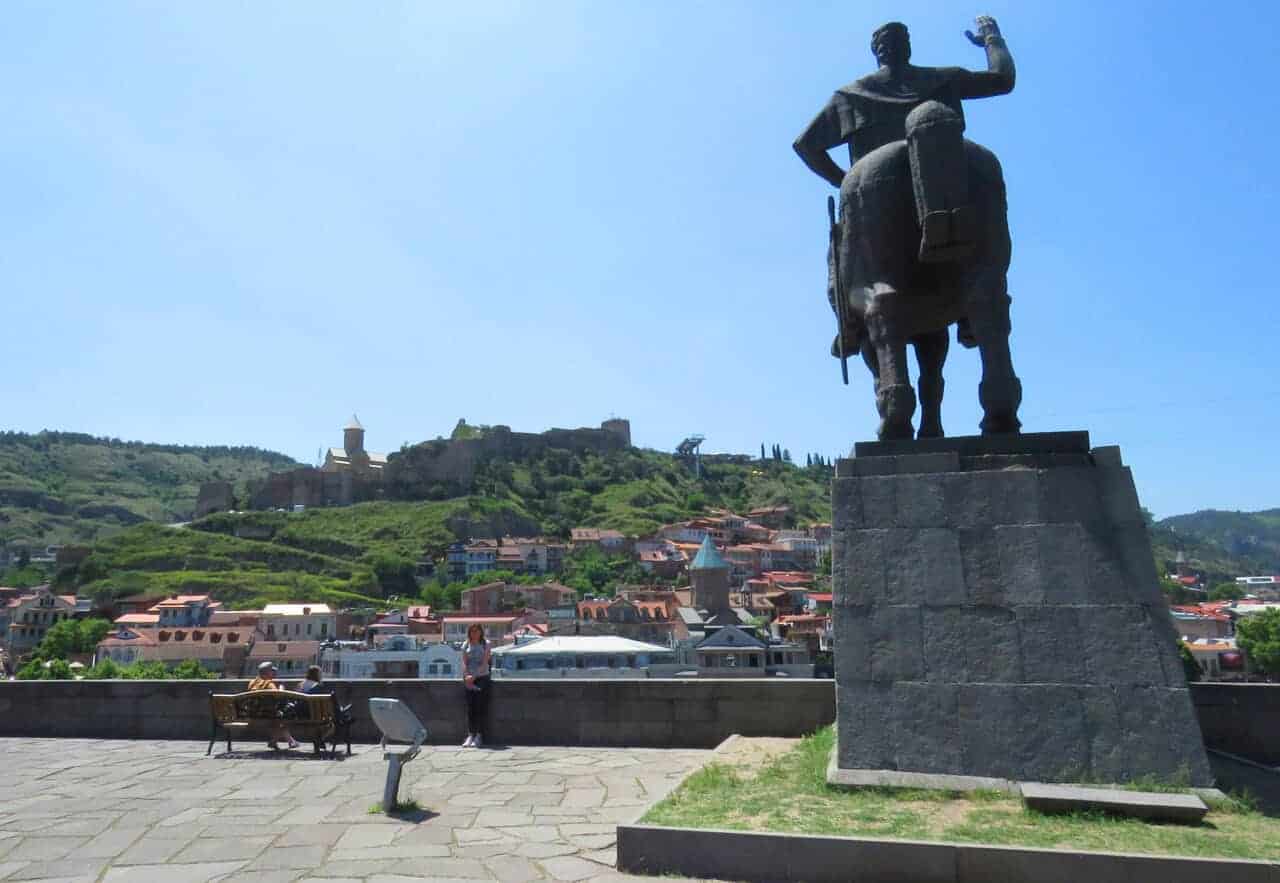


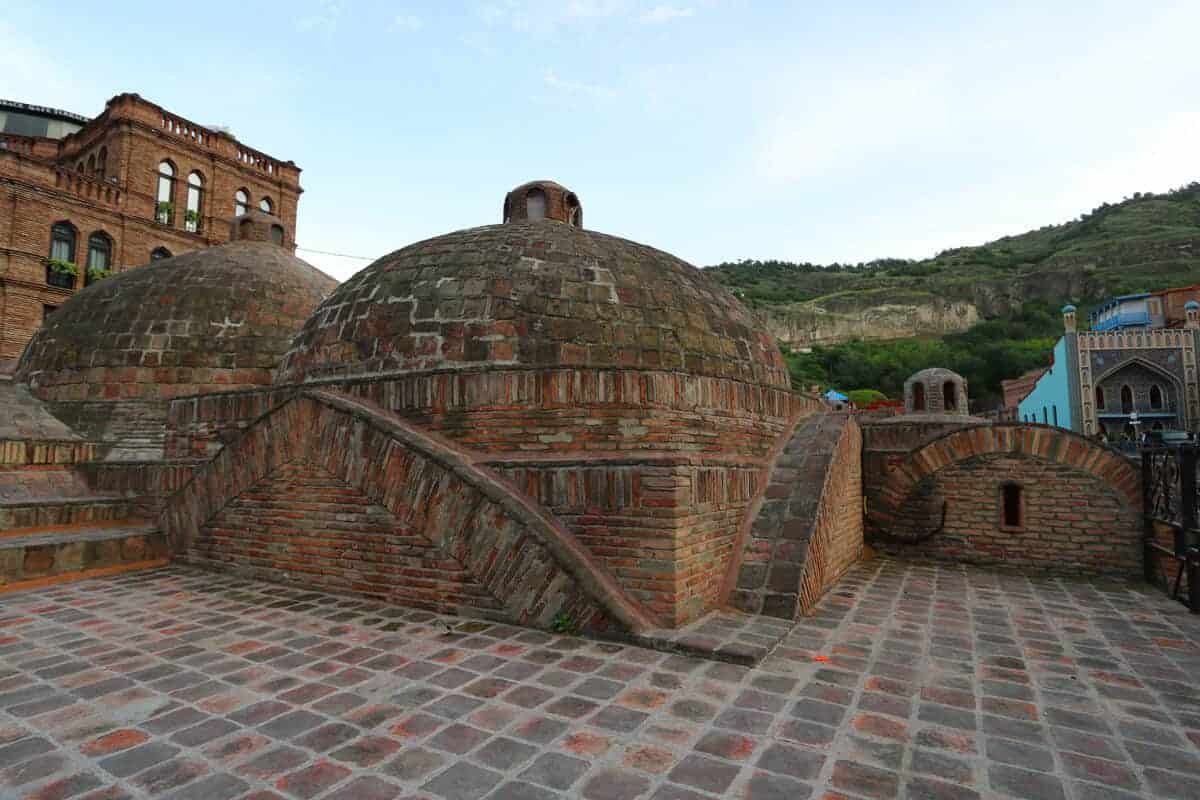
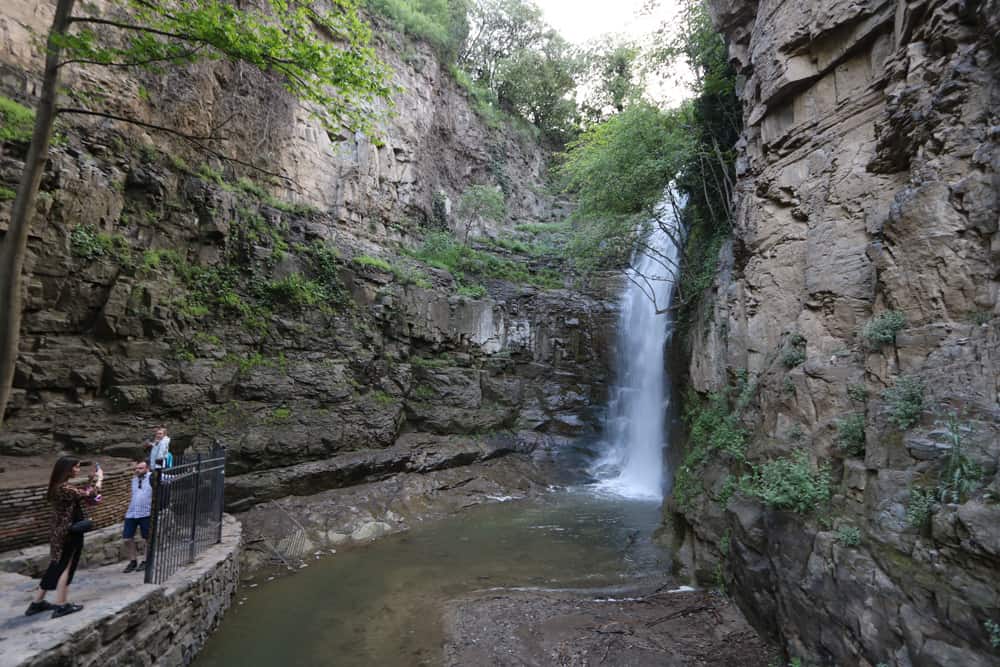

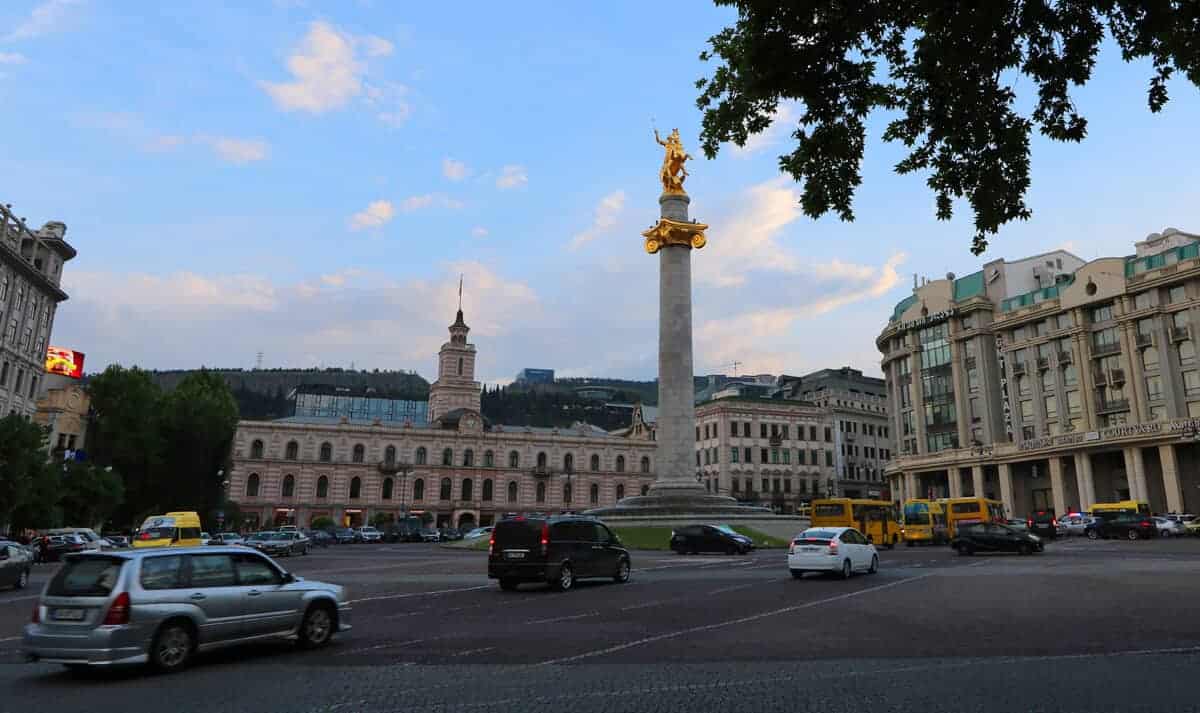
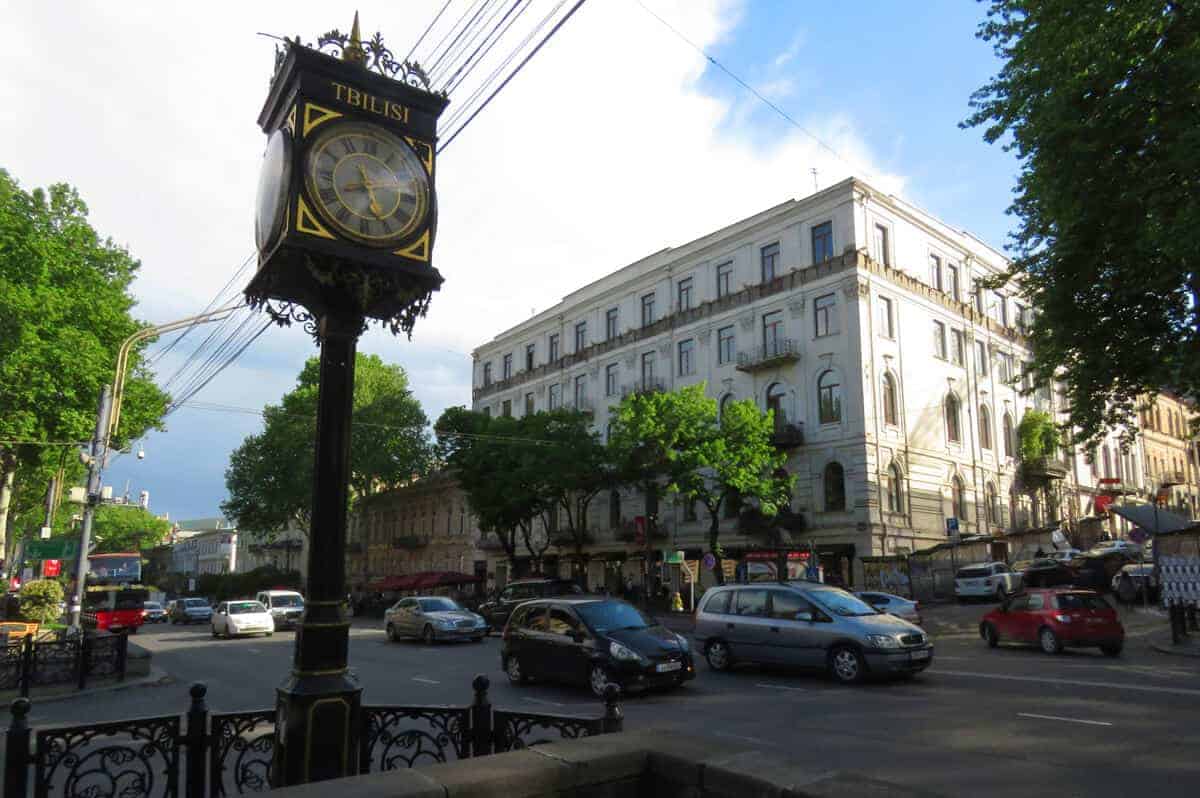
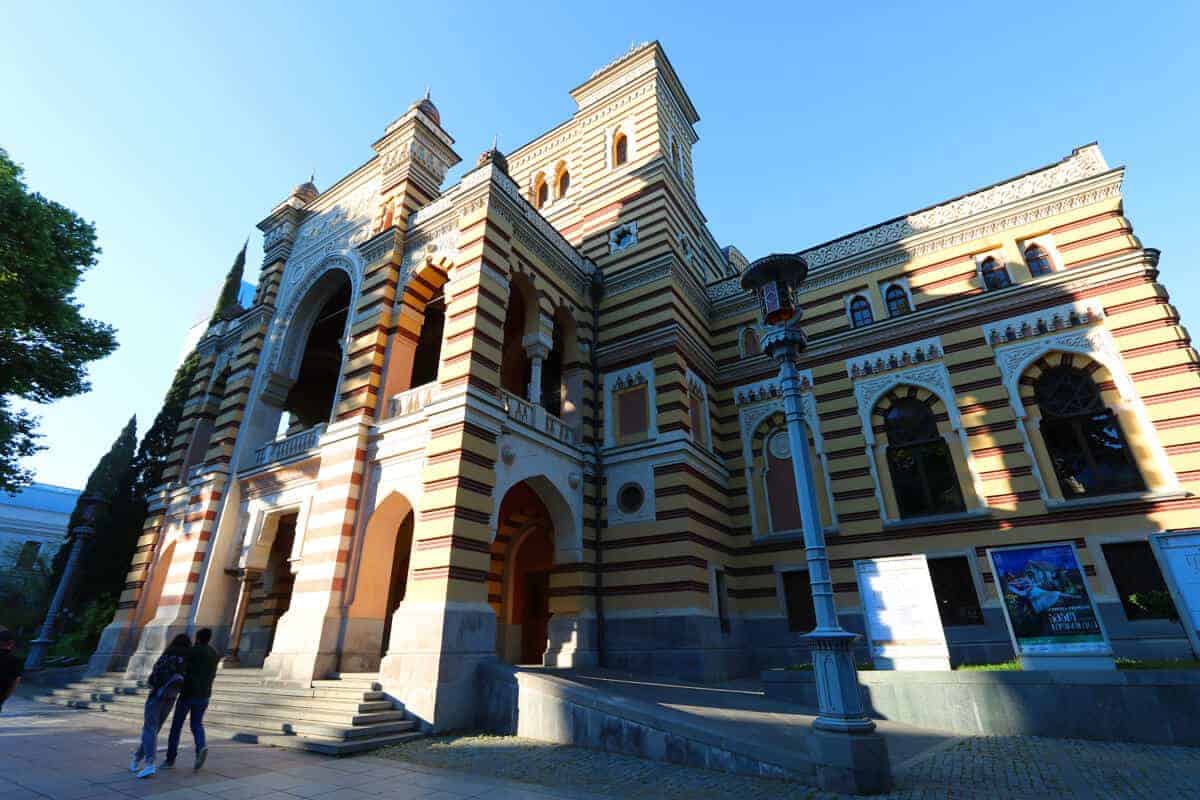
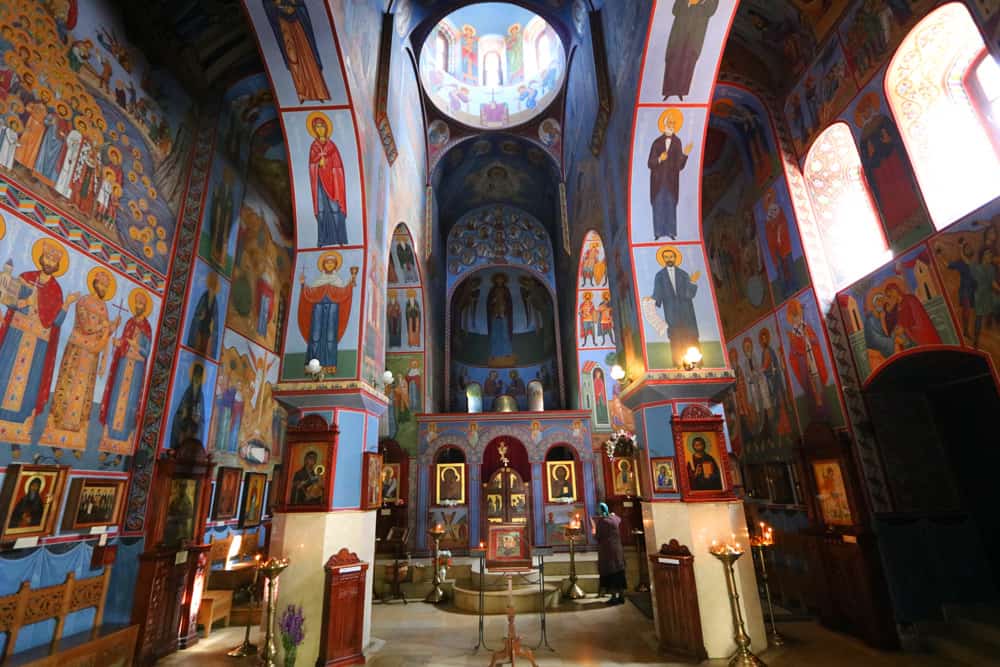
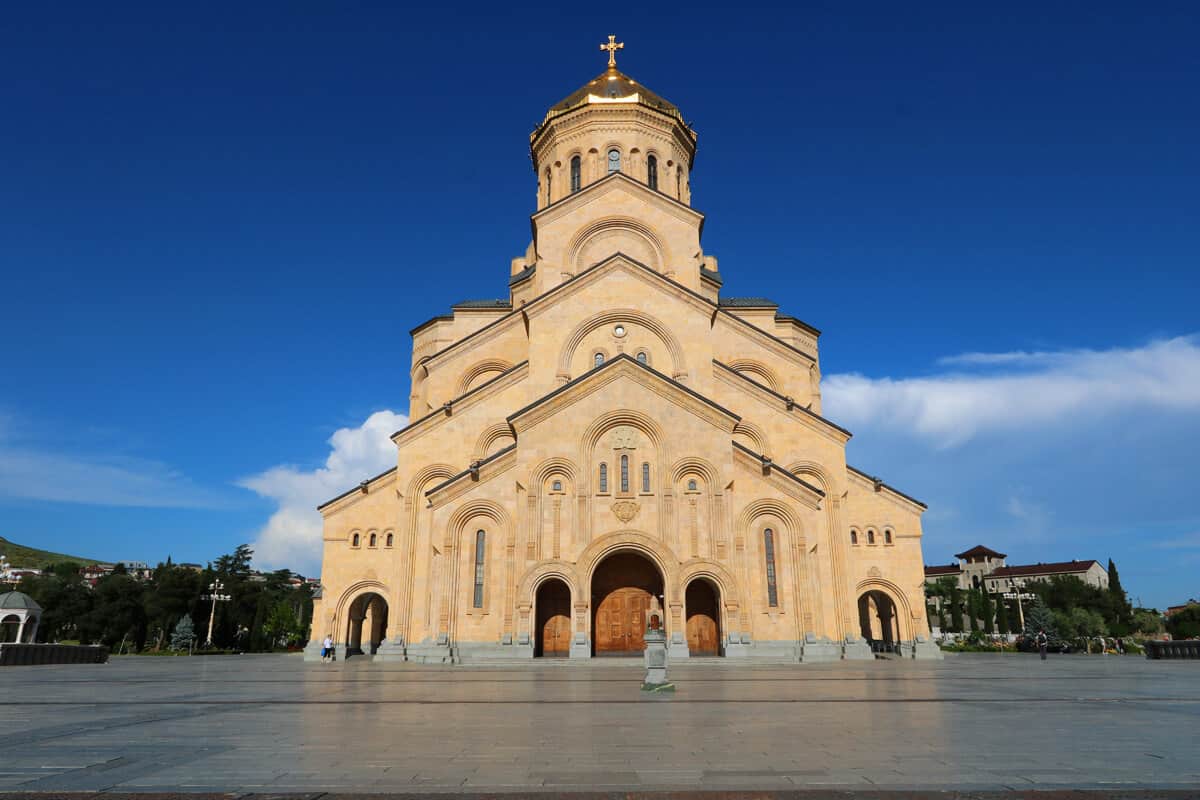
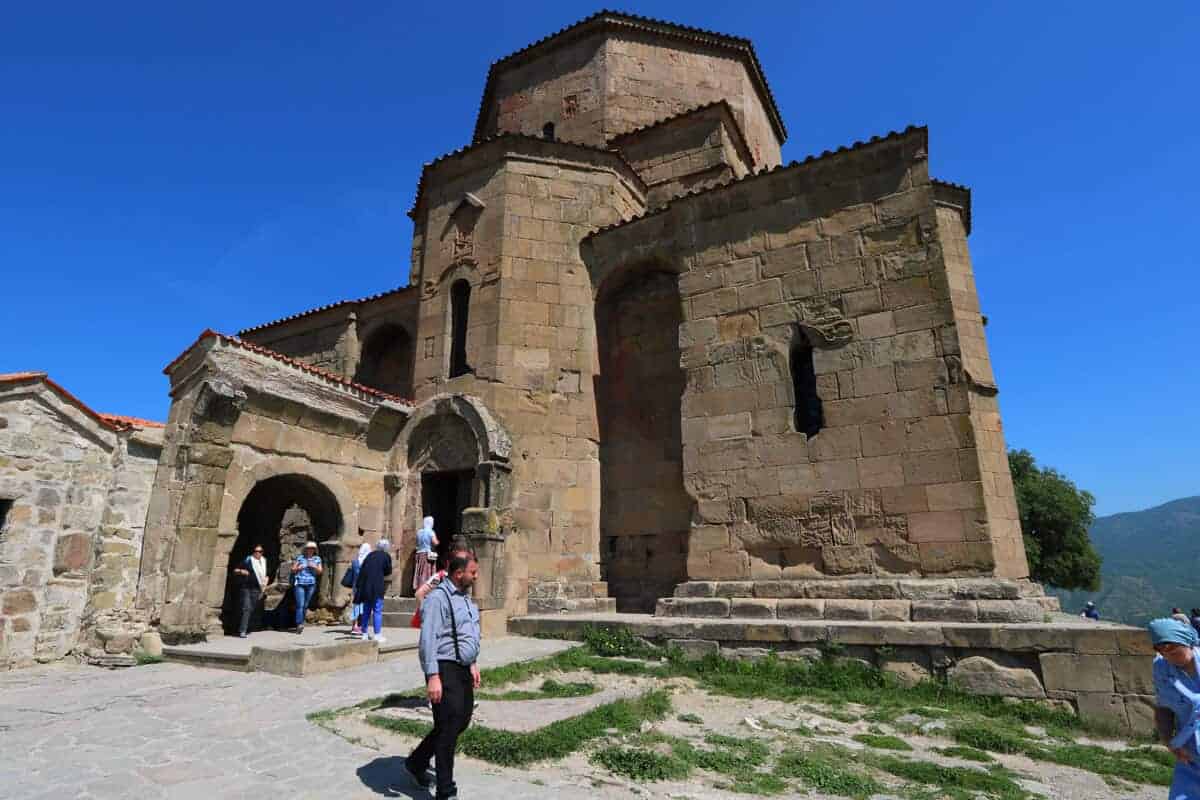
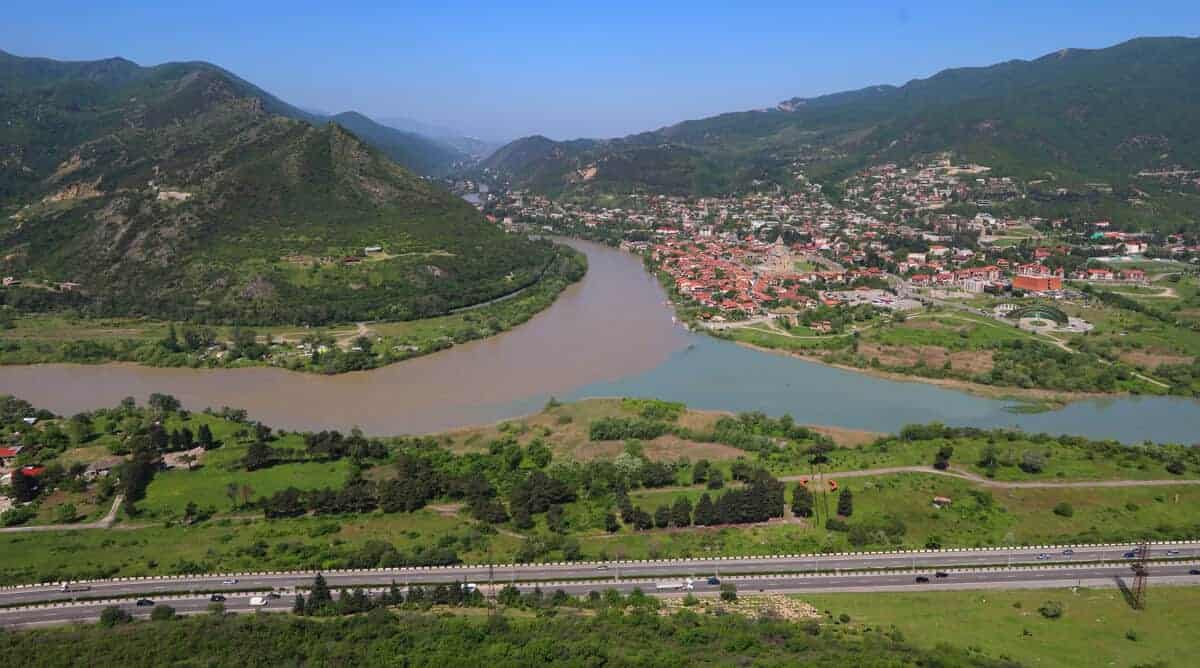
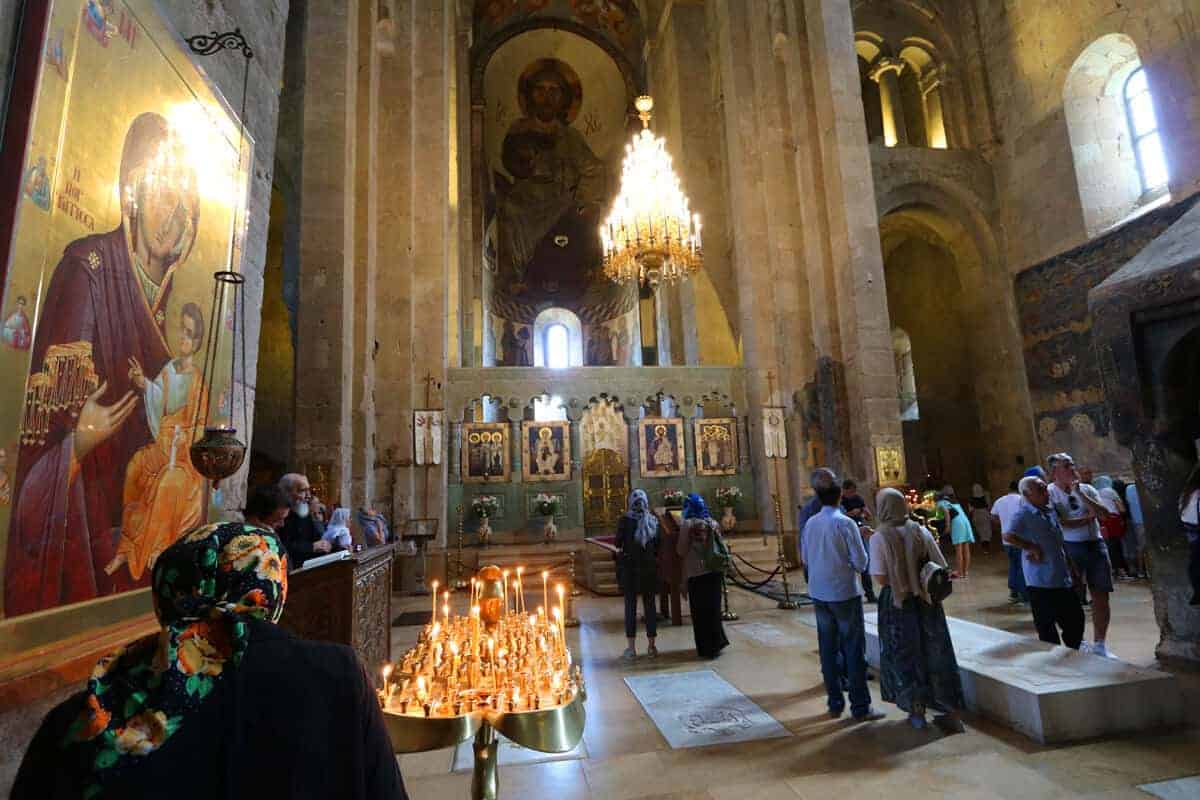
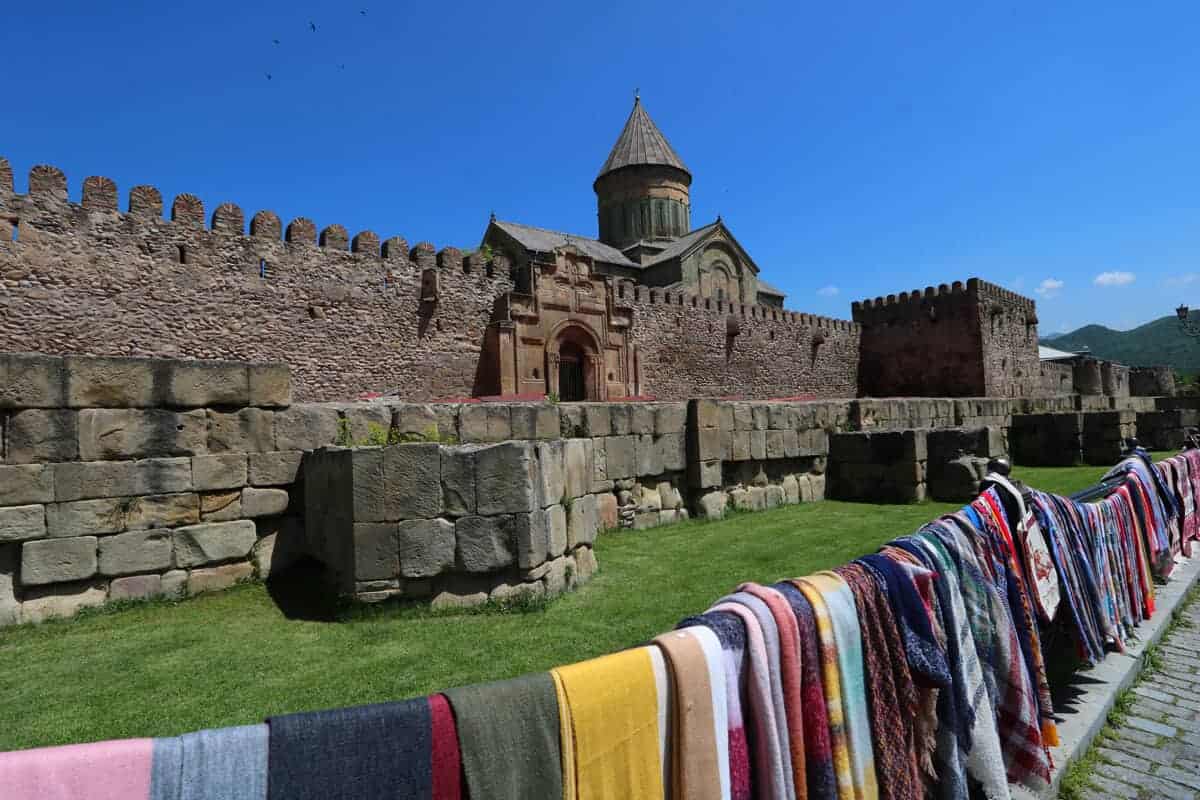





Some stunning churches that look very different than anything I’ve ever seen. I’ve been curious about Georgia for a while now. And I read that you have also been to Armenia. How do the two compare? I’d like to visit both someday and you’ve made me feel a bit more assured about visiting this region. Of course I say that and Georgia and Russia are squabbling all over the news…
Georgia is more Western-orientated, Armenia has more Russian influence (they have 6000 Russian troops here). Less English spoken in Armenia, but Yerevan feels richer than Tbilisi. I’m surprised by the boutique shops, the nice boulevards, and the trendy restaurants and cafes. Both nice places but different…